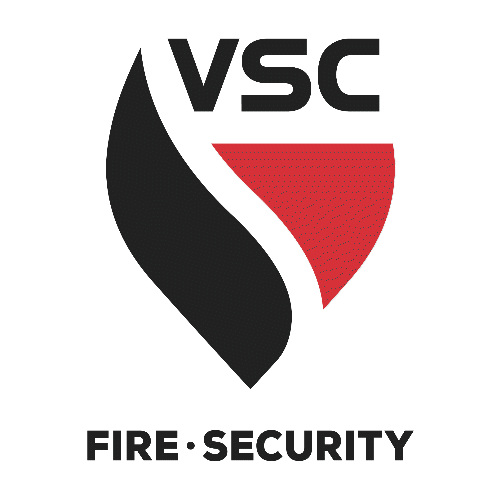Electrocution Hazards – overhead work areas
Hazard:
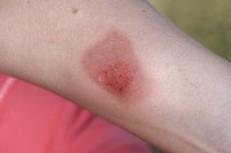
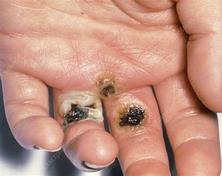
Many new construction and renovation projects you work on have multiple overhead electrocution hazards created from exposed wiring, conduit, temporary power supply cables and electrical utilities & fixtures. These shock hazards exist in ceiling areas where you come in direct contact with live wires while installing metal pipe or work with metal tools. One VSC employee recently suffered a severe burn while operating a scissor lift near a live cable hanging from the ceiling when the cable contacted his arm. Fortunately, the employee quickly maneuvered the lift away and broke contact with the circuit – avoiding a catastrophic injury!
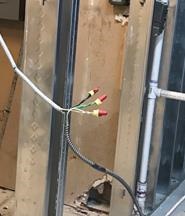
protect against shock.
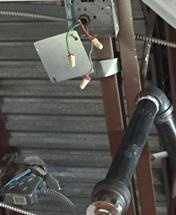
protect against shock.
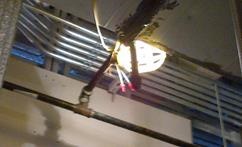
SPRINKLER PIPE.
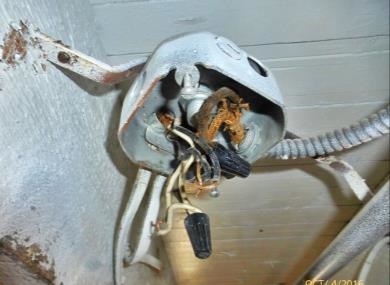
protect against shock.

Most of these hazards are visible, but others are hidden behind ducts, other utilities or not seen due to inadequate lighting. These hazards are created by other trades and electricians when removing overhead existing utilities, ceiling tile, fixtures, cable trays, junction boxes, conduit or when connecting new electrical utilities to existing circuits during renovations. The following photos taken by VSC Risk Management are actual electrocution hazards on VSC project sites!

PREVENTATIVE MEASURES
- Prior to working overhead, always look for hanging wire from open junction boxes, broken conduit & open cable trays.
- Never assume an exposed wire is dead. Look for indicators such as active light fixture, temporary lights, functioning ceiling fans and live panels. These items are likely on the same circuit.
- Notify the GC or electrical contractor to request deenergizing live utilities near your work zone or in the path where pipe will be installed.
- Do not install pipe or operate lift equipment without verifying all shock hazards are eliminated. Use portable lights as needed.
